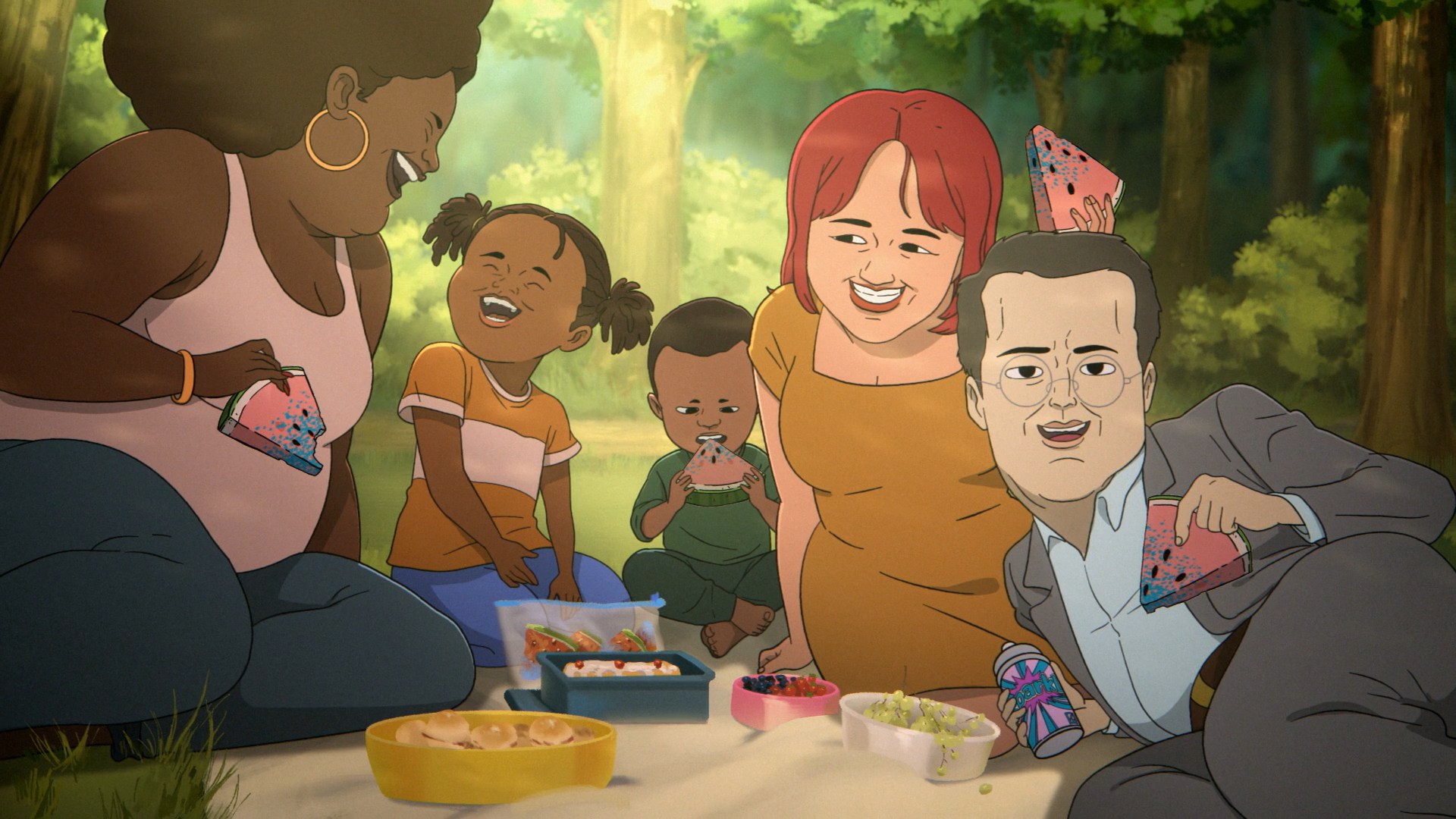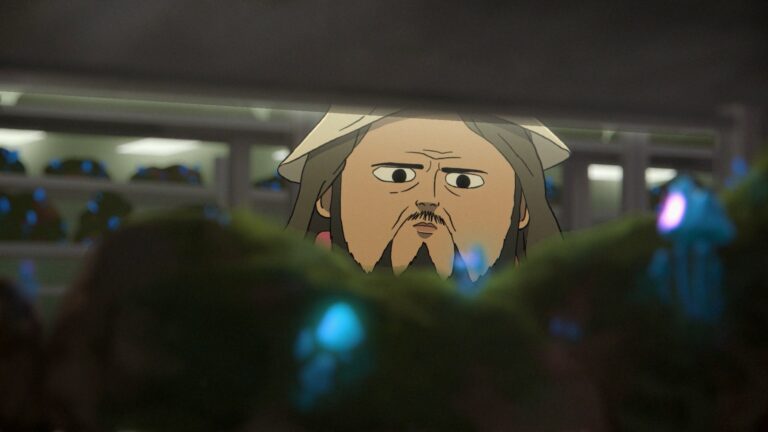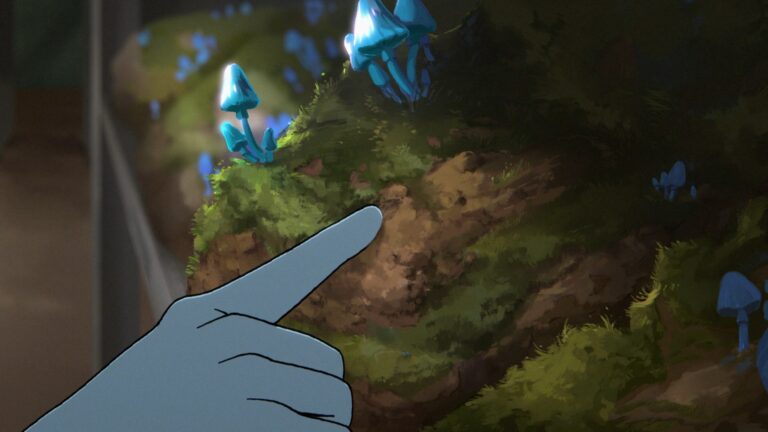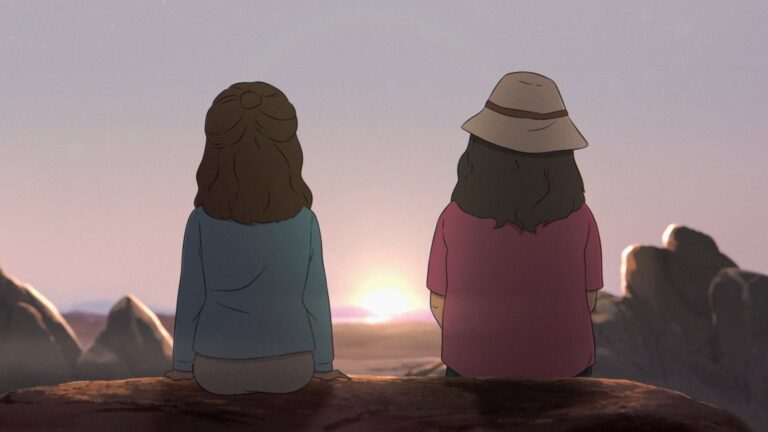Something wild happens every time you tune into “Common Side Effects.” Weird science. Bizarro tangents. Conspiracies sprouting like rogue dandelions on your favorite college lawn. Yet, as the credits roll, everything feels like it actually fits together. Not like a neat puzzle, more like a mural assembled in a storm — but still, one living, breathing masterpiece. So, how in the world do CSE’s directors ride the chaos and come out with something that feels so unified? Grab your lab goggles and let’s break down their strategies, quirks, and madcap magic.
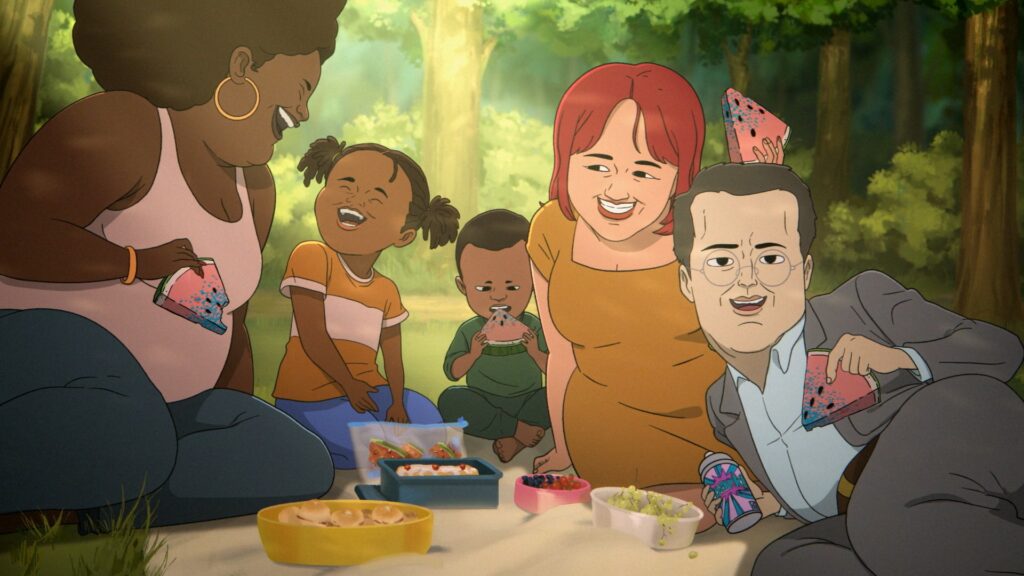
DNA of the Madness: Setting the Show’s North Star
First things first. The big brains steering the ship are Joseph Bennett and Steve Hely, our reliable chaos conductors. These two didn’t just want weird for weird’s sake. No, they were after a flavor. Think Coen Brothers but with shrooms and laboratory coats. According to Bennett, they “walk the line between drama and comedy.” And that line, wobbly as it may be, is their strictest law. They didn’t stumble on the tone by accident. They studied the masters, binge-watched a pile of cinematic oddballs, and decided CSE needed the same energy. That quirk roots itself firmly in every episode — no matter which director’s behind the wheel.
This isn’t just about wordy show bibles and painting by numbers. It’s a vibe. The show’s leaders insist on it every day, and you can feel it, even when monkeys in hazmat suits steal the scene.
Passing the Directorial Baton: Consistency with Personality
You might think bouncing directors would throw things wildly out of tune. Not on CSE. Different hands steer each episode, but the melody keeps playing true — and here’s how:
- The Tsui Touch: Vincent Tsui started as a storyboard artist, shifting to director with the agility of a caffeinated squirrel. If you’ve caught “Hildy,” you know he’s a pro at slinging frenetic set-pieces and punchy pacing. He keeps the visual funk alive without losing the plot vibe (commonsideeffects.tv).
- Editing Maverick: Tony Christopherson, a.k.a. the tempo king. He shapes what we see and how we feel with razor-sharp cuts. Whether it’s a hopeful silence or a mad chase, Christopherson locks in a pulse that gels with the CSE universe (commonsideeffects.tv).
- The Writers’ Room: Don’t underestimate the writer-director pow-wows. These folks huddle up often, making sure punchlines, chills, and cliffhangers mesh with the overarching mystery. Steve Hely sums up their jam: “We wanted to use [real world fears] then modify the world…and see how everyone would react to that” (ScreenRant, 2024).
When a director grabs the script, it’s not a blank slate. It’s a user manual full of tone, references, and (yep) direct access to Bennett and Hely for last-minute calibrations.
From Bananas to Biohazards: The Comedy-Drama Juggle
Here’s where CSE truly sets itself apart. Hardcore themes meet ridiculous gags — and they don’t fight, they tango. You might hear a solemn soliloquy about experimental drugs, then BAM — someone’s trying to open a secret door with an allergy sample. This banter between drama and absurdity isn’t lazy improv. It’s carefully planned chaos.
Transitioning between tension and giggles keeps us off-balance and — the secret sauce — makes the show unpredictable in the best way. Hely once explained that they intentionally “mix drama and comedy” so viewers never get too cozy (GameRant, 2024). Familiar, but never tired. Bizarre, but not incoherent.
Let’s break down some recurring balancing acts:
- Serious heart-to-hearts get upstaged by science project disasters.
- Paranoid rants are subtly undercut with everyday workplace weirdness.
- Even the scariest boss speeches get a visual punchline in the back corner.
This isn’t easy. Yet, CSE’s directors make sure drama and laughs become two sides of that same, gloriously odd coin.
Animation: Surreal but Synchronized
Animation gives the show a turbo-boost. There would be no CSE, at least not this CSE, without its visual wonderland. But let’s be honest. Amps at eleven, all the time, could easily fry the audience’s brain. Luckily, there’s balance.
Directors and animators meet often so every episode fits into the show’s wild visual language. You’ll notice this handy trick: even the trippiest sequences echo previous motifs — background creatures, color palettes, or science jokes snuck into the frame artfully. Tsui, in particular, is notorious for pulling off fast, eye-popping transitions while echoing the series’ established design (commonsideeffects.tv). Everything seems on the brink of unraveling, but, surprise, nothing ever quite does.
So, the oddball cameos and back-alley experiments don’t just look cool. They thread together visually with story arcs and tone. Ultimately, this handheld cosmic camera keeps us feeling part of the same fever dream.
An Improvisational Spark: The Actor Factor
Okay, so what about the cast? CSE’s directors are open to improv, and that’s no accident. Bennett even nudges actors to use their own voices — no sitcom exaggerations — because authenticity amps up the comedy. Bennett said, “We were really trying to get them to do their natural voices”.
Actors riff during takes, giving scenes a loose-limbed, lived-in feel. Sometimes, jokes land unexpectedly, so the directors flex and shape the animation to match. And if a heartfelt moment catches fire? The cameras linger just a few more frames. This collaborative energy lets directors catch lightning in a bottle — and dump it straight into our living rooms.
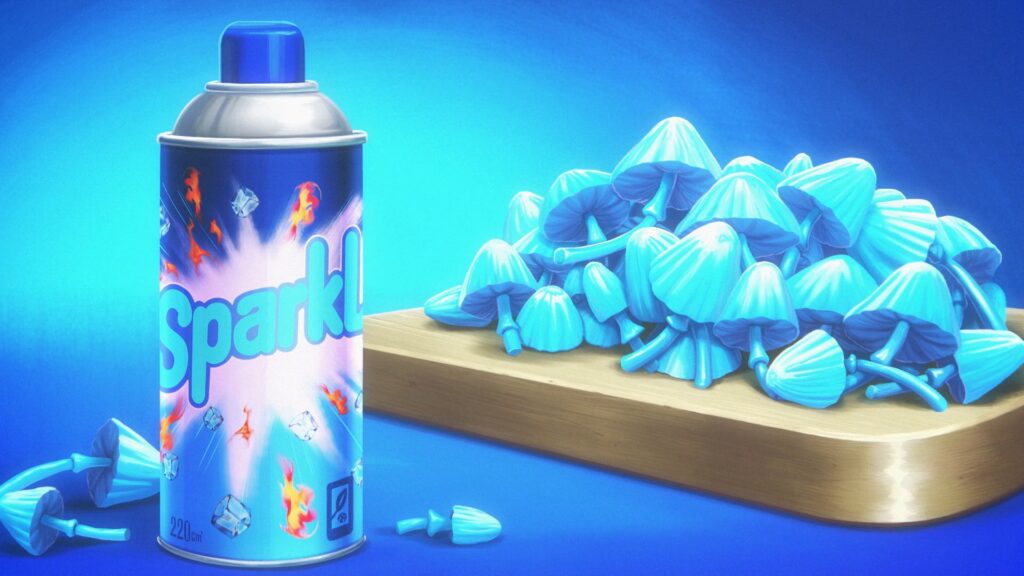
Camaraderie & Communication: Why It Never Derails
Every season throws new plot bombs. Still, that signature coherence holds firm. What’s the secret? Teamwork, but supercharged. Communication between directors, writers, animators, and editing staff is constant. There’s no lone genius steering the mayhem — everyone’s tuning the same radio signal.
Regular check-ins, storyboard dumps, and script tweaking sessions keep everyone tethered to the CSE mothership. That means every shift in tone, every visual weird-out, and every sly reference feels deliberate, not accidental. The directors make sure the final cut leaves not a thread out of place.
Keeping the CSE Beat — No Matter Who’s in the Chair
If you sit back and catch a marathon, here’s the cool trick: you notice familiar beats. Echoy shots. Callbacks to freaky earlier moments. That’s not just nostalgia bait. It’s careful planning. No segment feels like a franchise cameo or B-side; instead, new hijinks grow organically out of last week’s wildness.
The shapeshifting directors honor the show’s unofficial commandments:
- Stick to the “Coen meets Adult Swim” blueprint.
- Go wild, but not off the map.
- Let the actors loosen up and animate accordingly.
- Edit for pace, punch, and maximum watchability.
- Lean into the collaborative scrum for course correction.
The Wild Ride Keeps Rolling
Here’s the secret sauce: the directors don’t rein in the craziness — they channel it. Each episode’s free to zig, zag, or completely wipe out established rules, but the tone stays right in that sweet spot. Consistency doesn’t come from playing it safe. It happens because this crew keeps the show’s unpredictable heart beating strong, no matter what explodes next.
Critics and fans have clocked the method in the madness. Message boards buzz with theories on CSE’s hidden patterns. Animation blogs break down how repeating motifs glue the world together. Even editors from rival shows tip their hats at CSE’s ability to juggle directors without ever dropping the show’s off-kilter soul.
So, next time you watch vials smash, scientists bicker, or the show slides from dead-serious to wildly hilarious in mere seconds, remember: there’s a method here. A wild one, yes. But CSE’s directors hold the leash on the beast, and the result is the sharpest, weirdest, most seamless mayhem on TV.
Don’t Blink — It’ll Only Get Stranger
Across each flipping director’s chair, one throughline pulses: CSE’s directors keep the band playing, the plot galloping, and the audience stuck somewhere between gasps, laughs, and open-jawed awe. Blink, and you’ll miss five clues, three callbacks, two trippy visuals, and one totally in-sync team riding the common, beautiful chaos. And let’s be real — they wouldn’t have it any other way.

